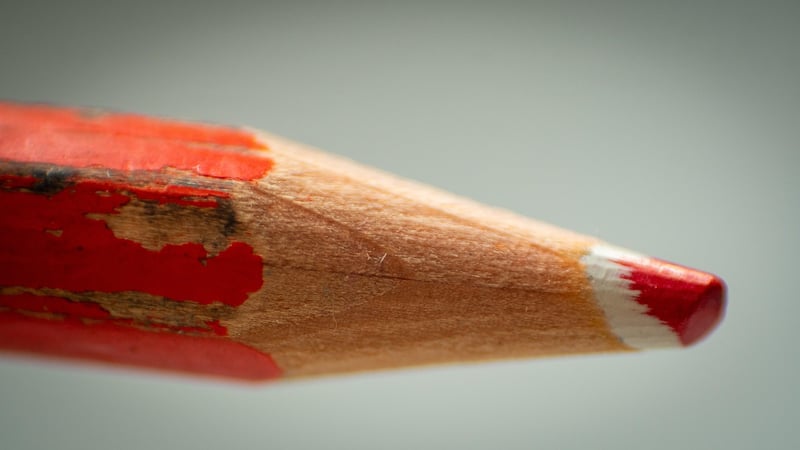Painting and Staining Tips
Skills for Upcycling Projects + Painting and Staining Tips
Introduction
Upcycling is a fantastic way to breathe new life into old items and reduce waste. Whether you're a seasoned upcycler or just starting out, mastering certain skills can take your projects to the next level. In this article, we'll explore essential skills for upcycling projects and provide tips for painting and staining to help you achieve professional-looking results.
1. Essential Skills for Upcycling Projects
Before diving into your next upcycling project, consider honing the following skills:
a. Sanding
Proper sanding is crucial for achieving a smooth surface on your upcycled items. Invest in sandpaper of varying grits to tackle different types of surfaces effectively.
b. Painting Techniques
From brush strokes to spray painting, mastering different painting techniques can help you create unique finishes on your upcycled pieces. Experiment with blending colors and textures for a personalized touch.
c. Upholstery
Learning basic upholstery skills can open up a world of possibilities for upcycling furniture. Reupholstering chairs, sofas, and cushions can transform the look of a piece entirely.
d. Woodworking
Understanding woodworking basics, such as cutting, sanding, and joining wood, can enable you to repurpose wooden items effectively. Create custom shelves, tables, or decorative pieces with your newfound woodworking skills.
2. Painting and Staining Tips
When it comes to painting and staining your upcycled projects, keep the following tips in mind:
a. Surface Preparation
Ensure the surface is clean, dry, and free of any debris before painting or staining. Proper preparation will help the paint or stain adhere better and result in a more professional finish.
b. Use High-Quality Products
Invest in high-quality paints and stains for a durable and long-lasting finish. Cheap products may save you money upfront but can lead to inferior results and the need for frequent touch-ups.
c. Proper Application Techniques
Follow the manufacturer's instructions for the paint or stain you're using. Whether it's using a brush, roller, or sprayer, applying the product correctly can make a significant difference in the final outcome.
d. Finishing Touches
Consider adding a protective topcoat to your painted or stained projects to enhance durability and protect the finish from wear and tear. Choose between matte, satin, or glossy finishes based on your preferences.
Conclusion
By acquiring essential skills for upcycling projects and following painting and staining tips, you can transform old items into stunning pieces that reflect your creativity and style. Embrace the process, experiment with different techniques, and enjoy the satisfaction of giving new life to old objects through upcycling.


